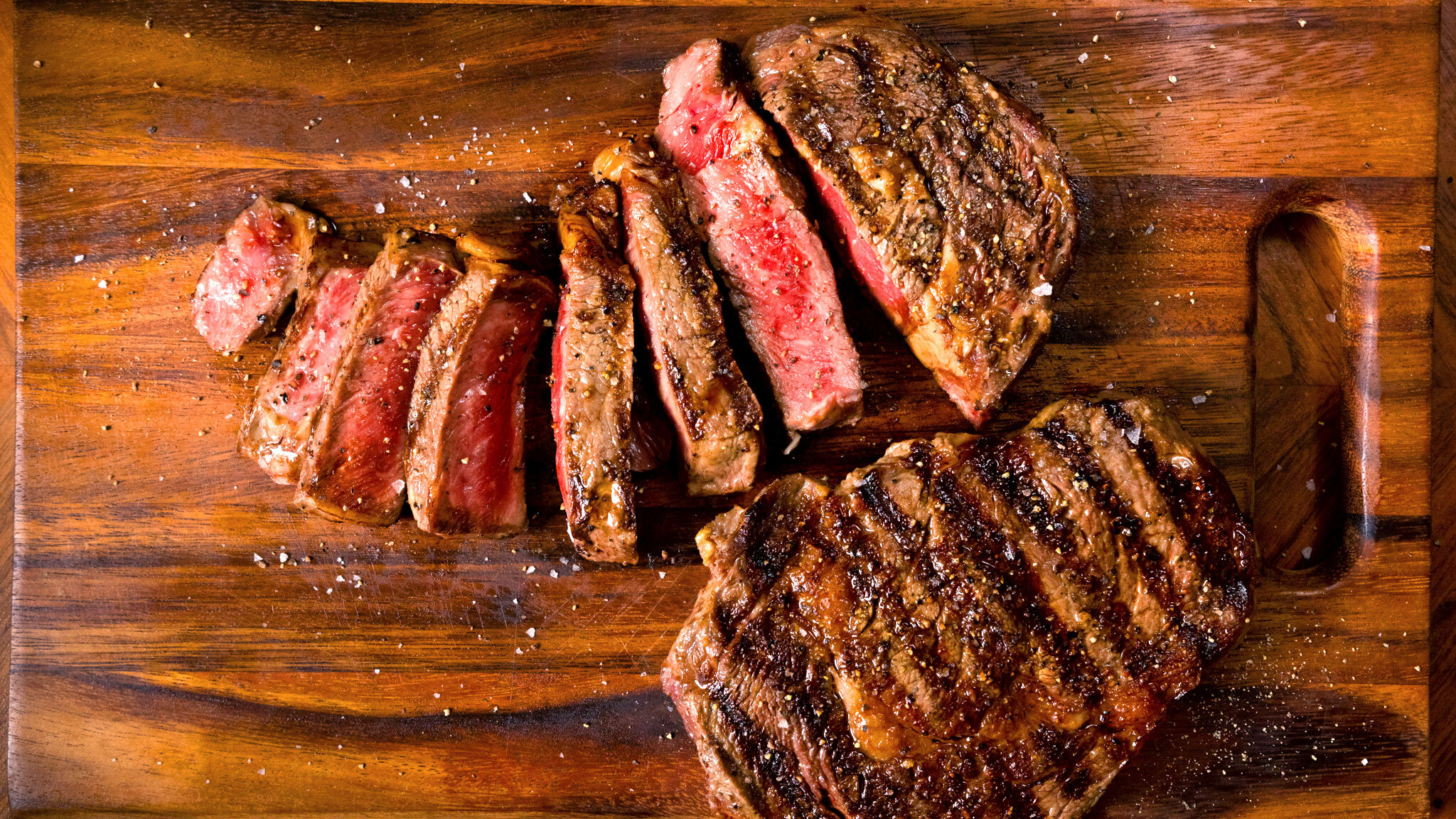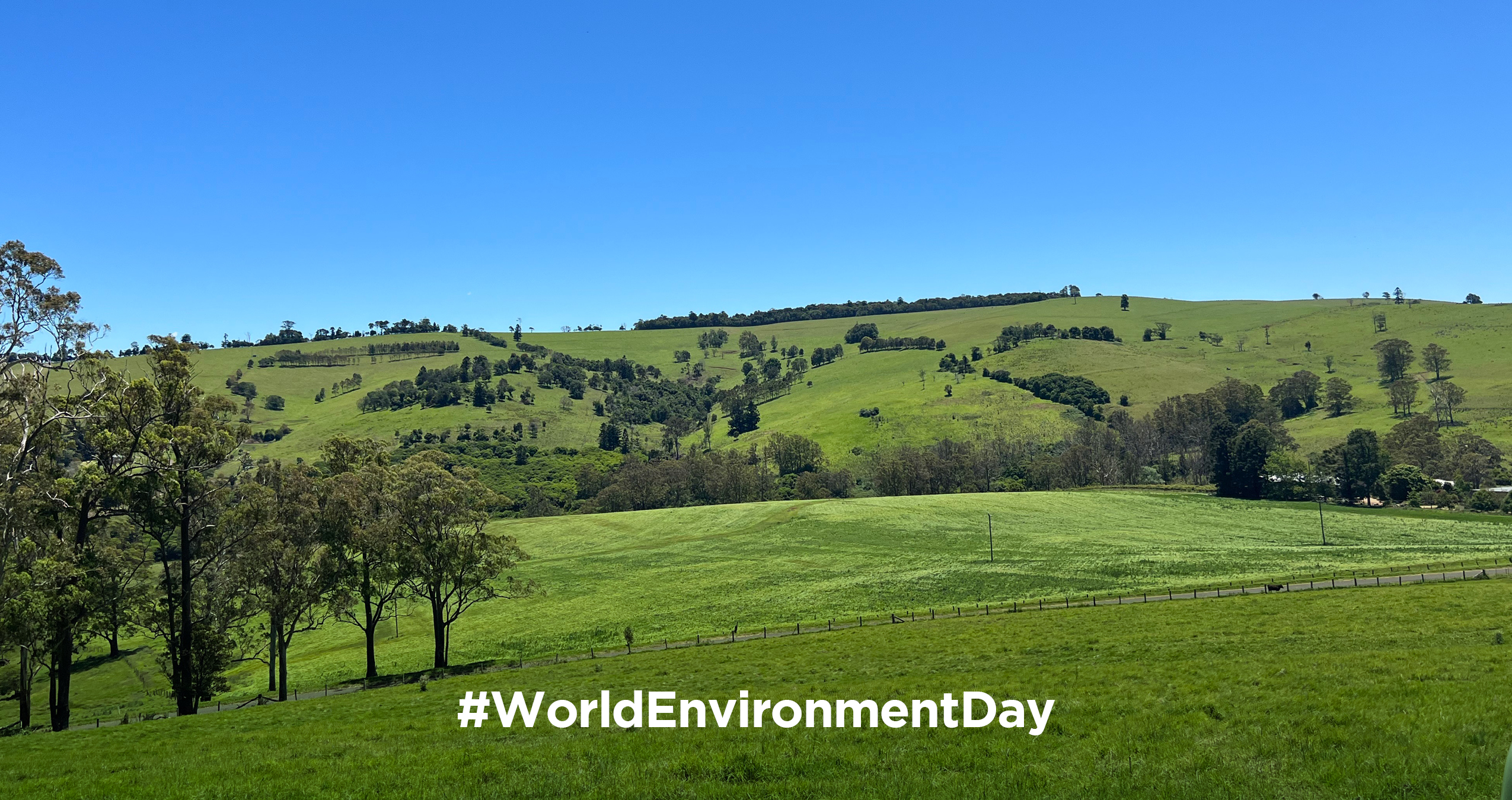
You have probably heard that you should rest cooked meat before serving but why is it so important? As part of our Food Science with Teys series let’s answer that question.
Meat is made up of bundles of muscular fibres and smaller filaments called myofibrils, which consist of two proteins called myosin and actin.
When meat is heated, myosin and actin come together causing the larger myofibrils to contract forcing moisture out. In simplest terms, when heat is applied to meat the muscle fibres firm up, and water and juices get pushed to the surface of the meat.
When cooking a steak you may notice this process in play with moisture coming to the surface. The more myofibrils contract, the more moisture is released.
The good news is that you can reverse some of this process through resting your cooked meat. Resting your meat allows the myofibrils to relax and reabsorb some of the moisture.
But if you cut your roast or steak straight away, you will see juices and liquid pooling away. Lost moisture is lost flavour and makes meat drier and tougher to eat. The resting process will help keep your meat moist, tender and flavoursome.
Resting is particularly important for large cuts of meat, such as a roast, as it will continue cooking after you take it out of the oven.
How Long to Rest Meat
As a general rule, you will want to allow one minute of resting time for every 100g of meat.
Meat and Livestock Australia (MLA) says as a guide to rest a roast for 10–20 minutes before carving. It recommends resting steaks for 3–5 minutes prior to serving.
If you’re monitoring the temperature of your meat, it’s best to remove beef from the heat when it reaches a temperature 3°C to 6°C less than your target temperature.
To rest your beef, the MLA says to place it on a warm plate or serving platter and cover with foil. The foil should be loosely fitted because if it’s too tight the meat might sweat and lose moisture.
So no matter how tempting it is to tuck into your meal, for the best eating experience you should always give your meat a chance to rest.
For an extra juicy and tender steak, check out our beef solutions here.
The information in this post is adapted from Fine Dining Lovers, kitchn and Australian Beef.
 Return to News
Return to News

















